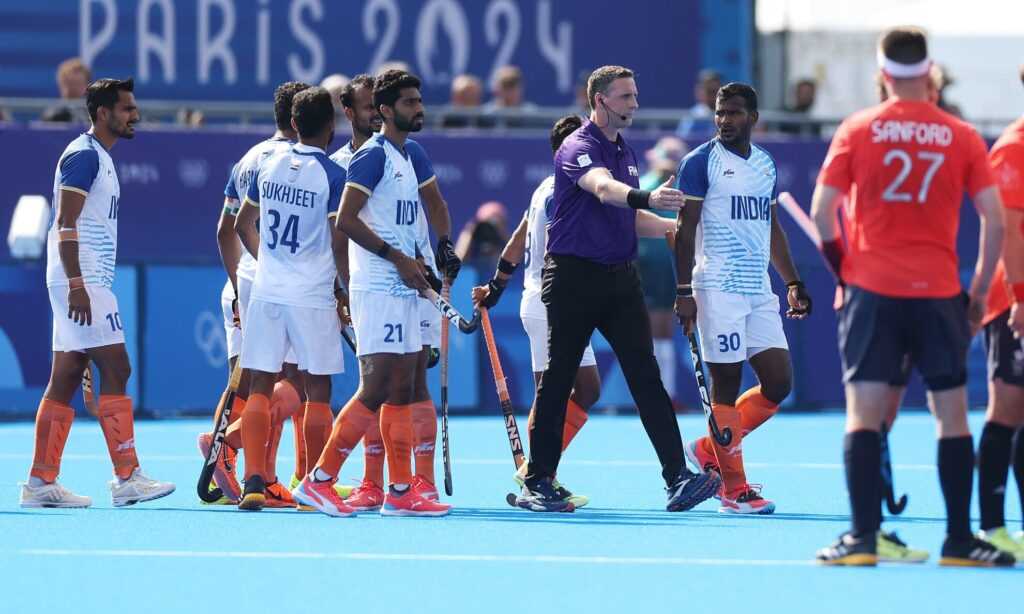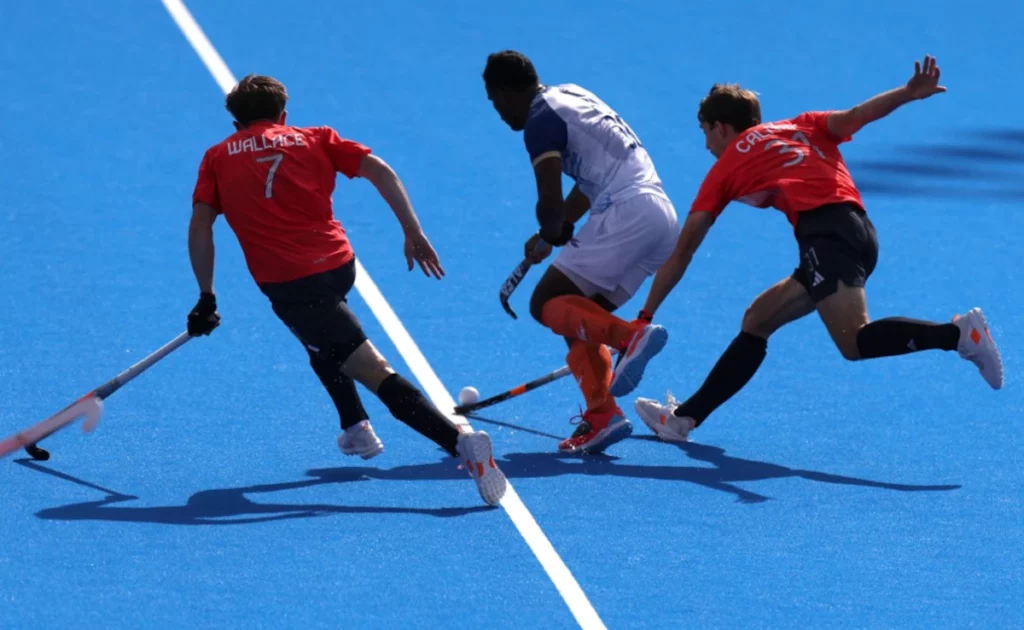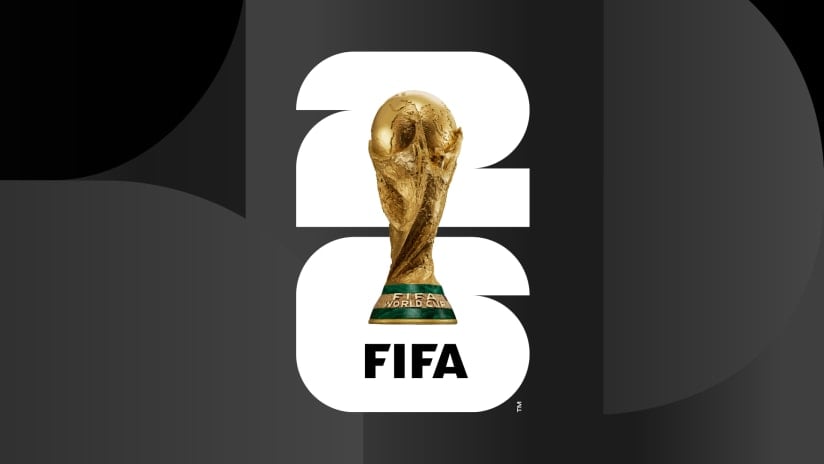
In a gripping Olympic quarter-final match between India and Great Britain, a significant controversy arose when Indian defender Amit Rohidas received a red card. This incident has not only impacted India’s victory celebrations but also led to Rohidas’ suspension from the crucial semi-final against Germany. The decision has sparked debates and discussions among hockey enthusiasts and experts alike.
What Happened?
During the second quarter of the match, Rohidas’ stick swung near the face of Great Britain’s William Calnan. Initially, it did not seem like a severe infraction, as it appeared unintentional. However, upon video referral, the officials decided that the action warranted a red card. This decision means Rohidas would not only miss the remainder of the quarter-final but also be suspended for the next match.
Understanding the Rulebook
The rules of the International Hockey Federation (FIH) are clear about player conduct. Players are required to handle their sticks safely and must avoid actions that could endanger other players, such as lifting the stick above opponents’ heads. The rulebook states that a red card is given for deliberate attempts to harm. In Rohidas’ case, the question of intent is central.
In real-time, many believed that Rohidas’ actions were accidental, suggesting a yellow card, which involves a temporary 10-minute suspension, would have been a more appropriate punishment. However, the video referral led to a different interpretation, resulting in a harsher penalty.
The Appeal Process
Hockey India has promptly appealed the decision, arguing that the incident did not deserve a red card. The appeal is under review by the FIH Jury Bench, which will decide whether to uphold the suspension or allow Rohidas to play in the semi-final against Germany. The outcome of this appeal is eagerly awaited, as it could significantly influence India’s performance in the next match.

Broader Implications
This incident highlights the critical role of video referrals in modern hockey. While they aim to ensure fairness and accuracy, they can also lead to controversial decisions that significantly impact the teams involved. The Rohidas red card case underscores the importance of considering the intent behind actions on the field, not just the actions themselves.
Conclusion
The red card controversy involving Amit Rohidas has added an unexpected twist to India’s Olympic hockey campaign. As the team prepares for their semi-final clash against Germany, the decision of the FIH Jury Bench on the appeal will be crucial. This incident serves as a reminder of the fine line between fair play and disciplinary actions in sports, and the significant impact these decisions can have on a team’s journey.




